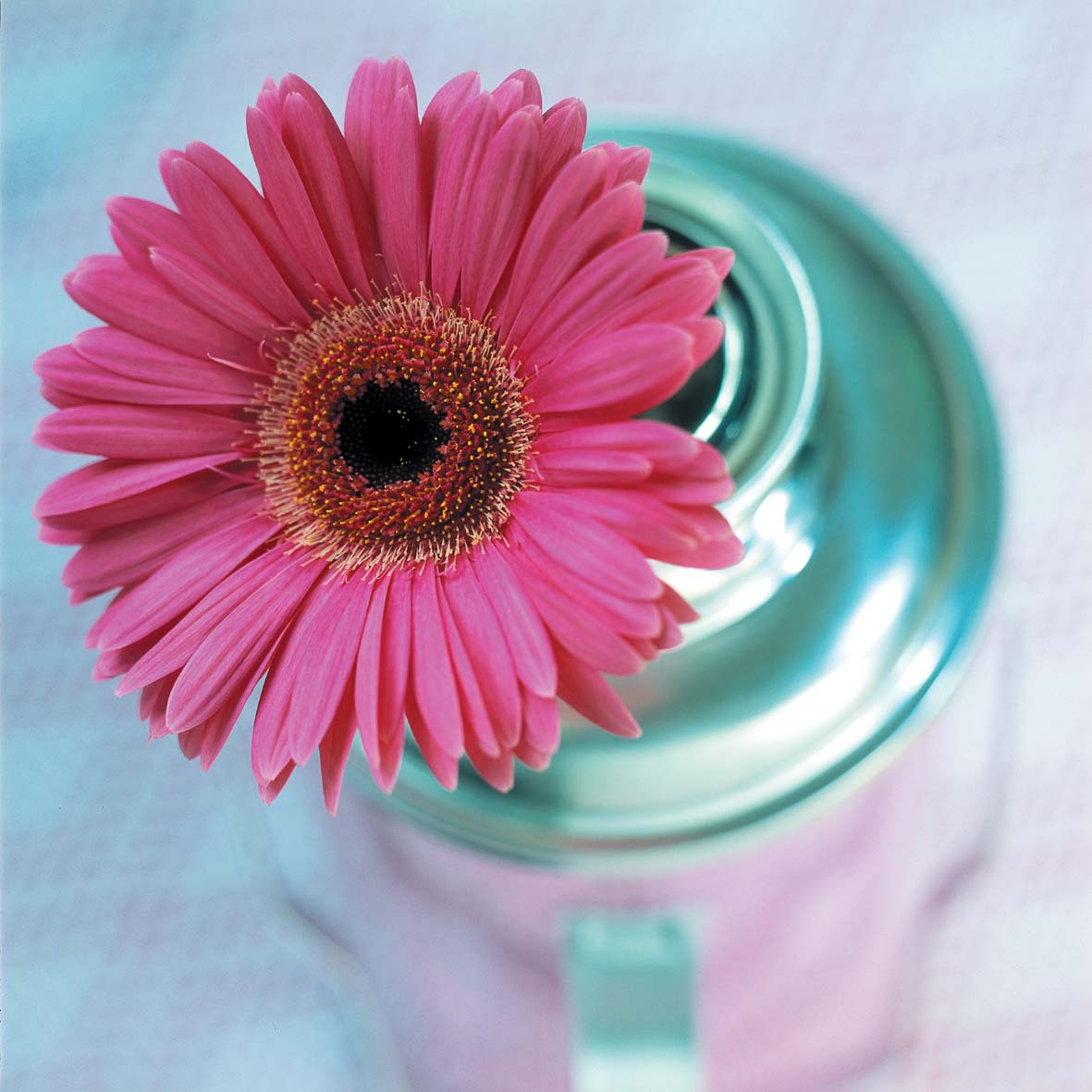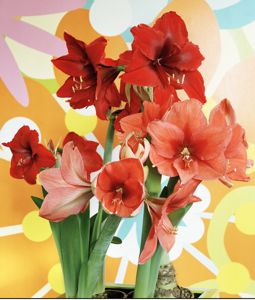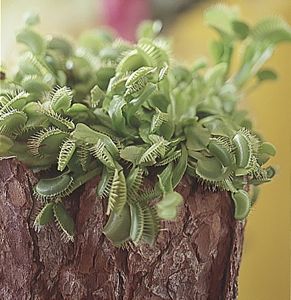publication date: Oct 31, 2009
|
author/source: Sarah Holland
Many
nurseries and primary schools have a "
class plant" for children to care for, which
helps give them a sense of
responsibility, an understanding of nature and a feeling of
achievement when they make the plant grow or
flower.Having
plants in the home is a
great way to get your child
interested in science, nature, and interacting with other life.
Small children 
Babies and toddlers respond well to
brightly coloured flowering plants.
Florist friends who've had babies have found their child's
first words are things like "gerbera" or "purple"!
Infants register
colour and
shape so it's a
great way to communicate with your child.
Plants that
tiny tots will like are gerbera,
chysanthemum and herbs. Plants with
bright flowers and
strong shapes work best. You can
show them how to
water the plants, and point our when the
buds open.
School ageAlmost
everyone remembers growing
sunflowers at primary school and seeing whose plant grew the tallest. Children at
this age are interested in
how things work, including how
things grow.
 Amaryllis
Amaryllis and indoor potted tulips,daffodils hyacinths and are
perfect for this age group, as they grow from a
bulb very rapidly, so much so that you can
spot differences in growth every day, keeping the project i
nteresting and fun.
Amaryllis flowers open so
dramatically and suddenly, and their blooms are so
vivid and stunning, that it's a totally
unexpected sight - a great topic for
story writing in school.
Plants with attitude
As children
get older many are fascinated by
carnivorous plants, which catch insects, receiving their nutrition from their prey.
Venus flytraps with their sticky, spiny trap give a very
visual treat, as the traps will
close up before your eyes when a
fly lands on the pad. The
traps stay closed for
several days, leaving the shrivelled remains of their
prey for all to see when they open up again.
Pitcher plants(nepenthes) are fantastically visual, with bulbous,
hanging chambers that insects fall down and get trapped in.
Sarracenia is our home-grown
European version, with tall, green chambers that
stand erect, with a flap on top to
stop insects crawling out again. The plants have their own form of
stomach acid in these chambers, that
digests the insects slowly.
Pitcher plants and Venus flytraps like to be kept in a
bowl that's always full of
rainwater – in the wild they grow in
bog land, so keeping their pots
immersed will replicate this perfectly.
Caring for pot plants Water
once a week or so, when the soil is
dry
to the touch. Don't let their soil get
too wet – otherwise they can
drown.
When
choosing plants for your children you can find
hints, advice, and ideas at www.flowers.org.uk
 Babies and toddlers respond well to brightly coloured flowering plants. Florist friends who've had babies have found their child's first words are things like "gerbera" or "purple"! Infants register colour and shape so it's a great way to communicate with your child.
Babies and toddlers respond well to brightly coloured flowering plants. Florist friends who've had babies have found their child's first words are things like "gerbera" or "purple"! Infants register colour and shape so it's a great way to communicate with your child. Amaryllis and indoor potted tulips,daffodils hyacinths and are perfect for this age group, as they grow from a bulb very rapidly, so much so that you can spot differences in growth every day, keeping the project interesting and fun.
Amaryllis and indoor potted tulips,daffodils hyacinths and are perfect for this age group, as they grow from a bulb very rapidly, so much so that you can spot differences in growth every day, keeping the project interesting and fun.  As children get older many are fascinated by carnivorous plants, which catch insects, receiving their nutrition from their prey.
As children get older many are fascinated by carnivorous plants, which catch insects, receiving their nutrition from their prey.